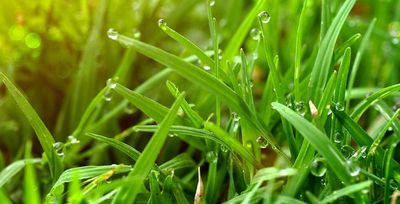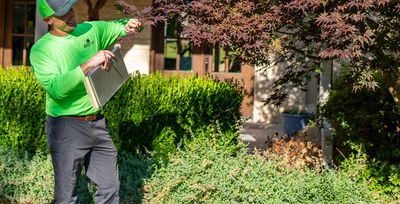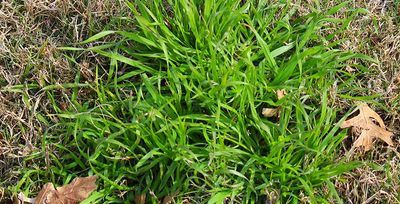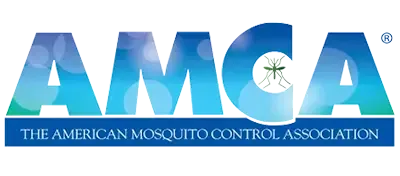How to Protect Your Lawn from Sod Webworms
There is nothing that celebrates summer like a beautifully manicured lawn. The living carpet in front of your home provides a welcoming view to people both visiting you and passing through. But sometimes problems happen with even the best-maintained lawn. For example, you may be seeing small circular patches of brown grass disturbing your otherwise pristine green lawn. If so, you may have a problem with sod webworms in your Tulsa area lawn. We asked Jai Buttram at Consolidated Pest for some of his best tips to identify and prevent sod webworms from damaging your lawn.
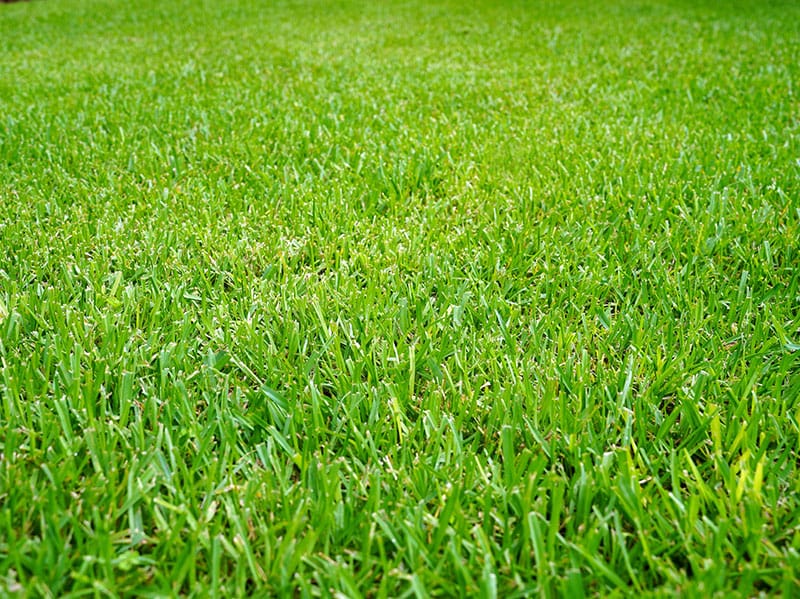
What Are Sod Webworms?
Sod webworms are actually the larvae of lawn moths. They will range from 1/4 to 3/4 inches long and tend to live at the root level of your lawn, where they can do the most damage. Sod webworms and armyworms can be quite aggressive, damaging an entire lawn in a matter of days.
The larvae begin life in the late fall and mature in silken tunnels in your yard during winter. By late springtime, they emerge to feed on your grass. They leave damage behind in their wake. The larvae will pupate during the May and June months.
Later in the year, the larvae will complete the metamorphosis into the adult lawn moth. The moths are not easy to spot during the daylight hours, since they will hide in shrubbery and other such areas.
How to tell if you have sod webworms
Sod webworms will usually create the most significant problem when the weather turns hot. If you have seen moths in your yard in the past, you may be susceptible to this problem. Lawn moths can be seen at dusk. They will tend to fly in a jerky zigzag pattern, making them easy to find.
The first sign you may see in your lawn is a brown patch of grass. The spots will be round in shape and about the size of a baseball. The brown patches will continue to grow in size if a treatment regimen is not followed. Sometimes the brown grass may be replaced by fast-growing weeds, creating different colored spots in your yard. In some cases, you'll find that the center of the spot has a pencil-sized hole. This is caused by birds searching for the tasty sod webworm. Birds will frequent a location once they have found a worm burrow to their liking.
Pet owners may see brown spots in the lawn that result from urine. In most cases, these spots will turn yellow first and then brown. They will also be bordered by the healthy grass that was not exposed to the urine. With sod webworms, the spot will go straight to brown without a yellow period, and the spot edges will not be so well defined.
When closely examined, you may find small white tubes at the root level. These tubes will appear to be made of a silky web material. Accompanying the tubes will be small green pellets. These pellets are the fecal matter from the larvae.
If it is a particularly bad infestation, you may see the worms themselves at dusk. To see if you have an infestation, you can force the larvae to the surface by using a light mixture of soapy water. Use a mixture of no more than one tablespoon of liquid dishwashing detergent per gallon of water. When sprinkled over suspicious areas, the mixture will irritate the larvae, forcing them to the surface. Treatment should be considered when ten or more larvae are found in one square yard of lawn.
Typical lawn damage
During an infestation, lawn areas on slopes, banks, and other areas tend to be dry and will be the first to exhibit problems. As the larvae continue to grow and feed, the brown spots will become larger and merge into large brown patches. Most of the damage tends to come in the hot summer months of July and August. Although, the first signs can occur earlier.
Kentucky bluegrass and tall fescue are especially susceptible to sod webworms, although other grass species are also known to be damaged by the larvae. Since the sod webworm will lean toward the driest areas of the lawn, damage tends to be more severe.
How to Control Sod Webworms
Sod webworms can be controlled by cultural, biological, and chemical means. The approach used by the homeowner can vary depending on the circumstance.
Cultural
One way to control the sod webworm is to introduce a grass that is endophyte enhanced. Endophyte is a beneficial fungus that lives between the cell walls of plants. When used with grasses, endophyte produces alkaloids. These alkaloids give the lawn an enhanced resistance to insects and diseases. Care should be taken to avoid endophyte-enhanced turf around livestock. While endophyte can be good for your grass, it can cause toxicity in animals that graze.
Another way to control the damage from sod webworms, is to use irrigation and fertilizer. While this does not destroy the larvae, it does allow the grass to better recover from their attack.
Biological
There are biological means available to combat sod webworms. Insect-parasitic nematodes have been proven to be effective in suppressing the larvae. Since nematodes have a short shelf life, be sure to use a fresh source when treating your lawn. The correct nematodes must be selected to be effective against sod webworms. Nematode formulations containing Bacillus thuringiensis are labeled to control the larvae.
Chemical
Proper application of chemical control can be very effective against sod webworms. In order to use the proper amount of insecticide, it is recommended that a rough count is first done through the sprinkled soapy water method as mentioned above. The best time to use a chemical control with sod webworms is when they are most active. This means that the insecticide should be applied when and where you see the chewing damage to the turf.
Professionally
Having a problem with sod webworms doesn't mean that you can't have a beautifully maintained lawn this summer and fall. With the right detection and treatment, sod webworms can be easily controlled. By using a professional lawn care provider, the damage to your turf can be minimized. Nutri-Green can help by providing lawn pest control! The important thing to remember is to take action when the symptoms first appear—call us at 918-322-5757, and we will take care of these sod webworms for you!

Testimonials



News, Blogs & Articles
Our Blog
